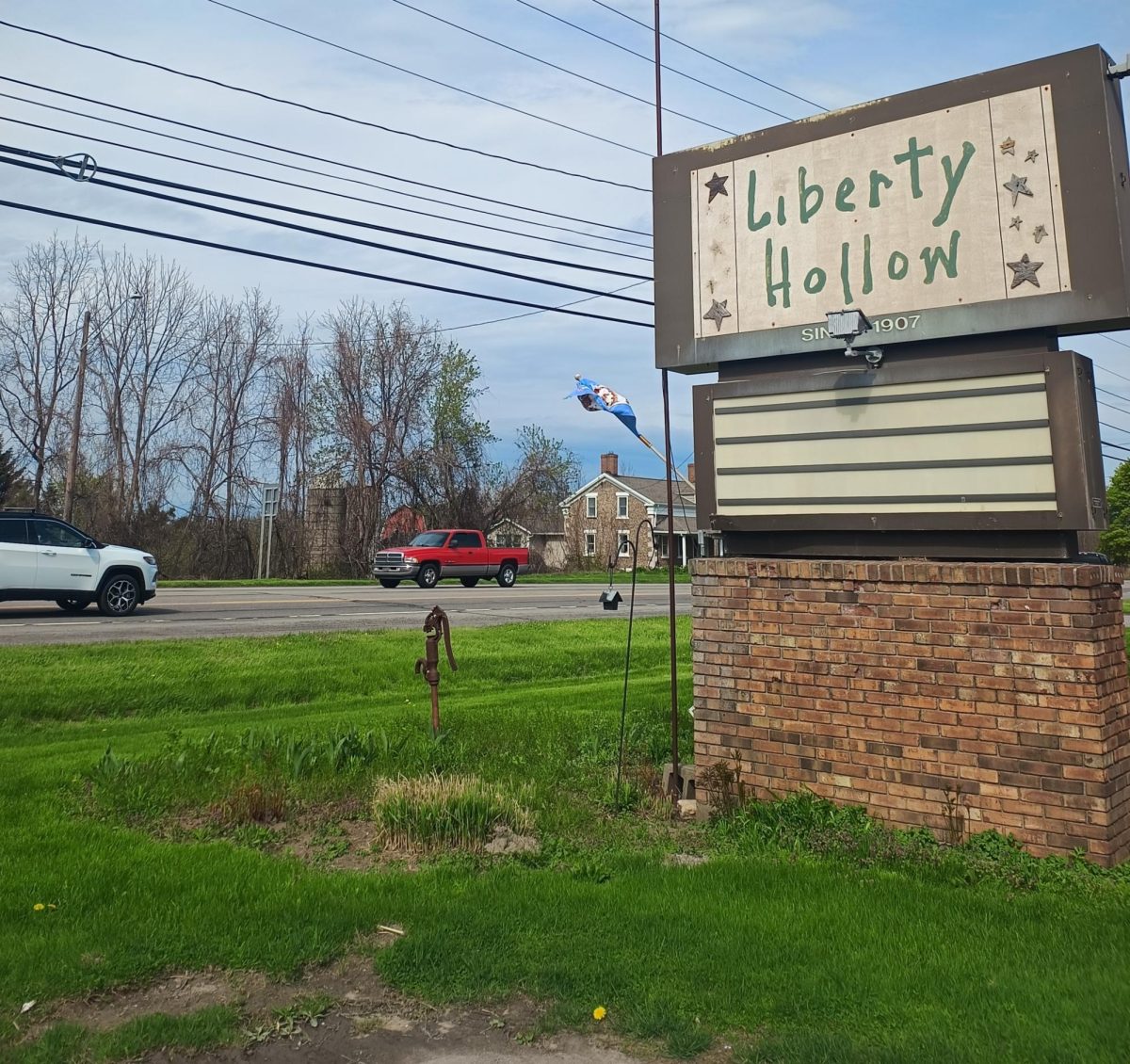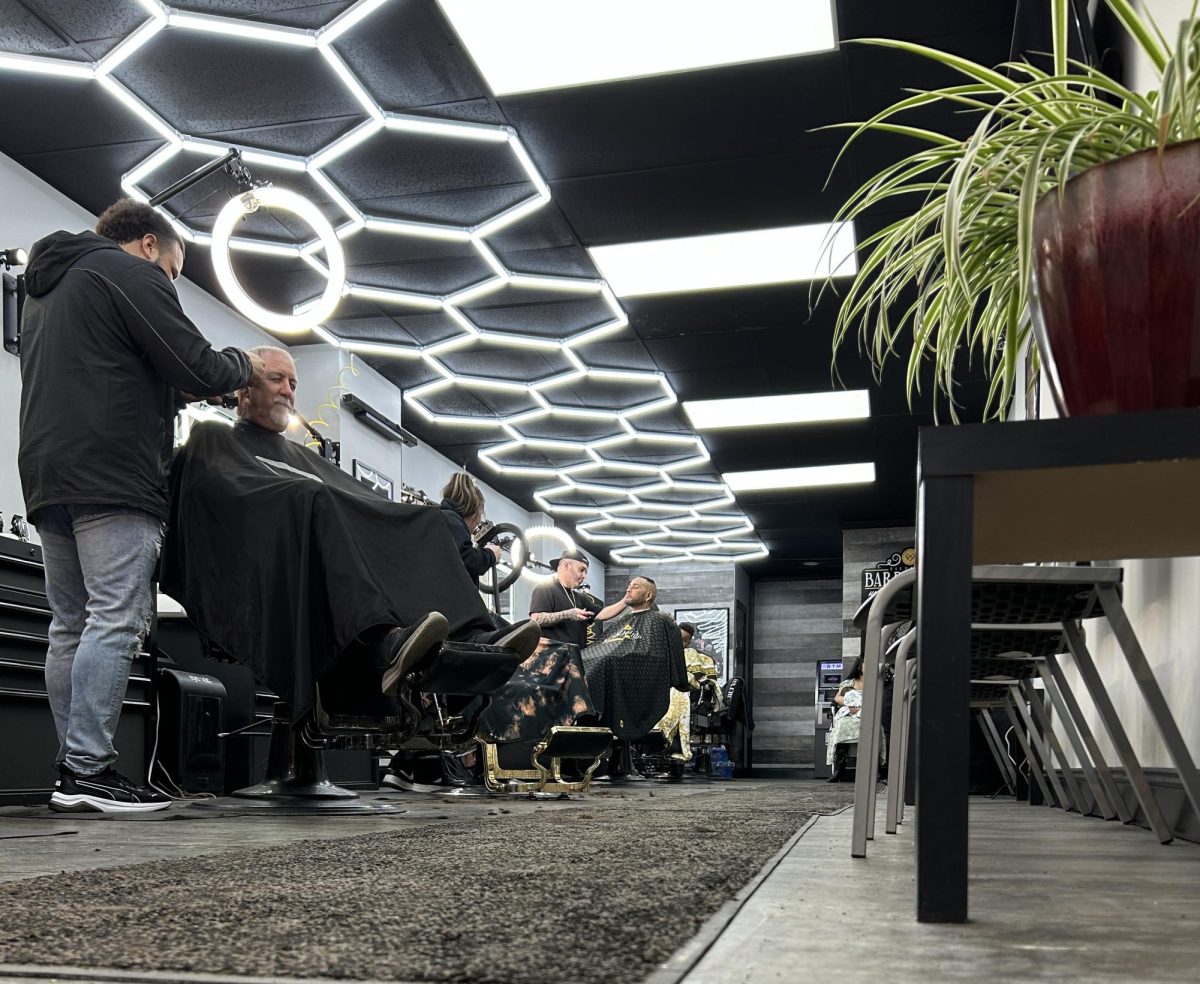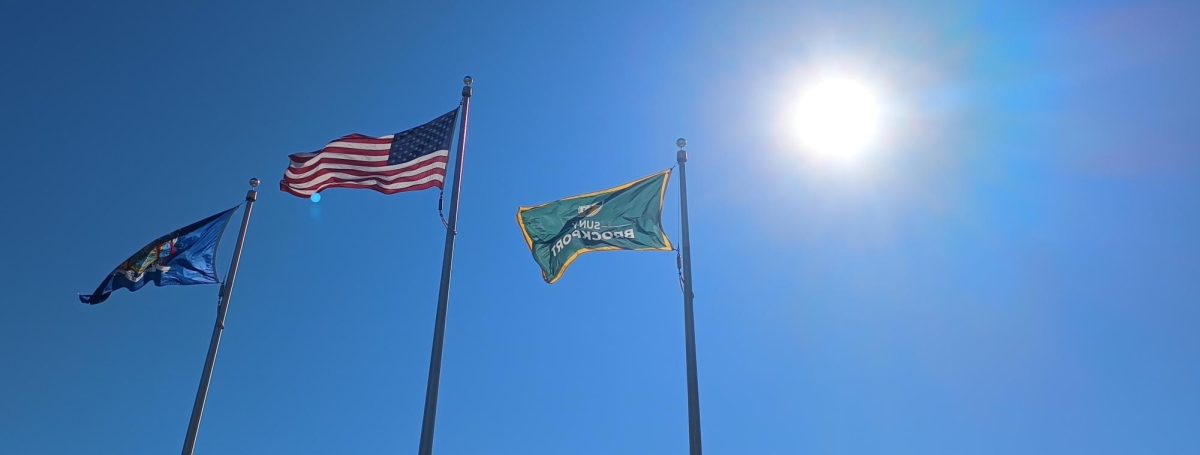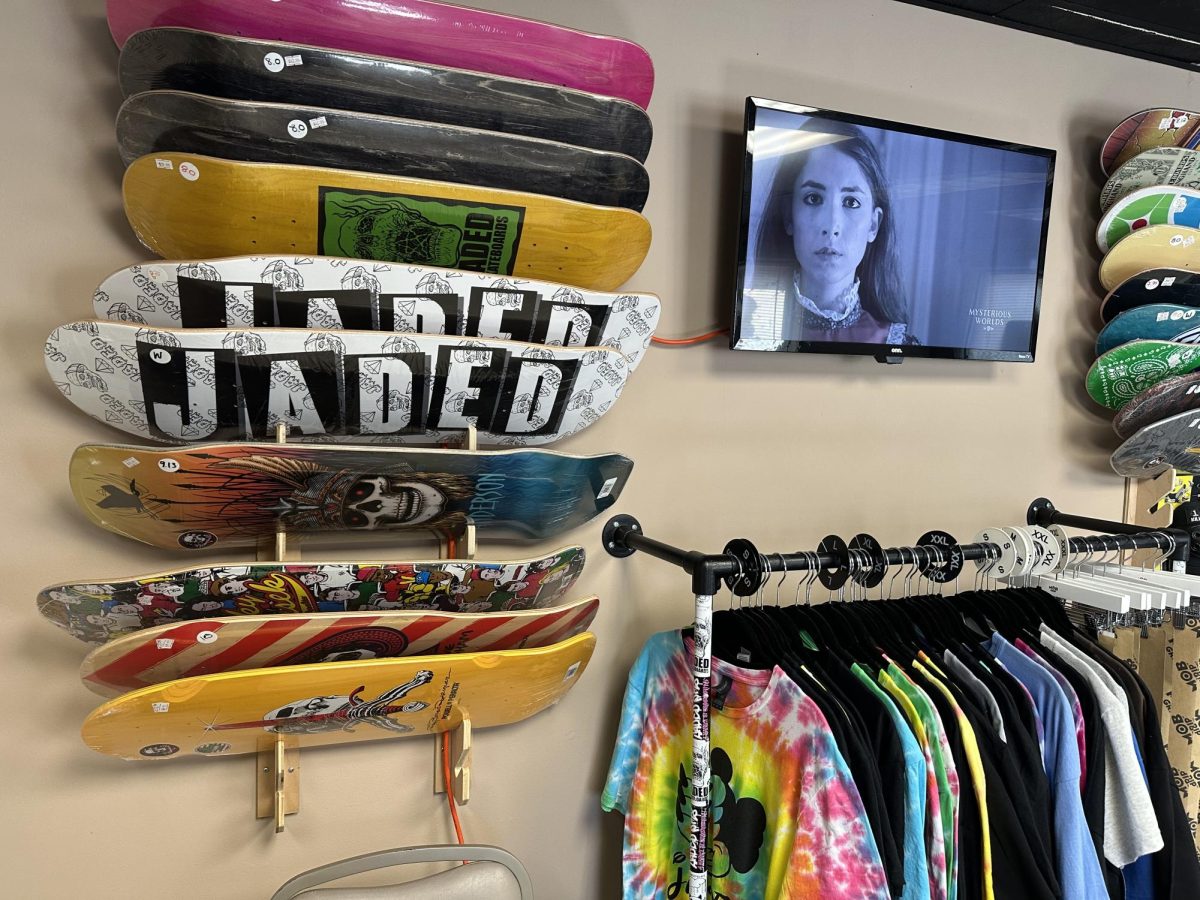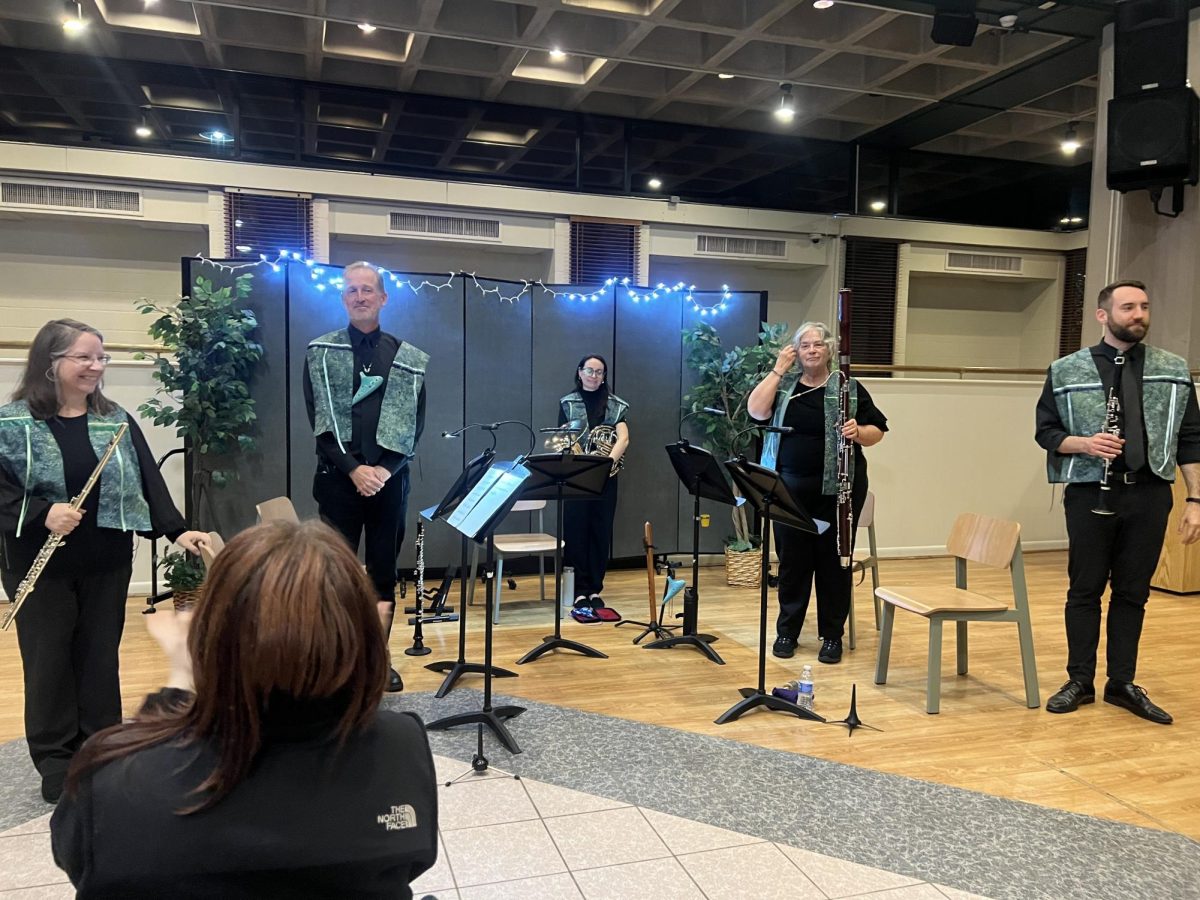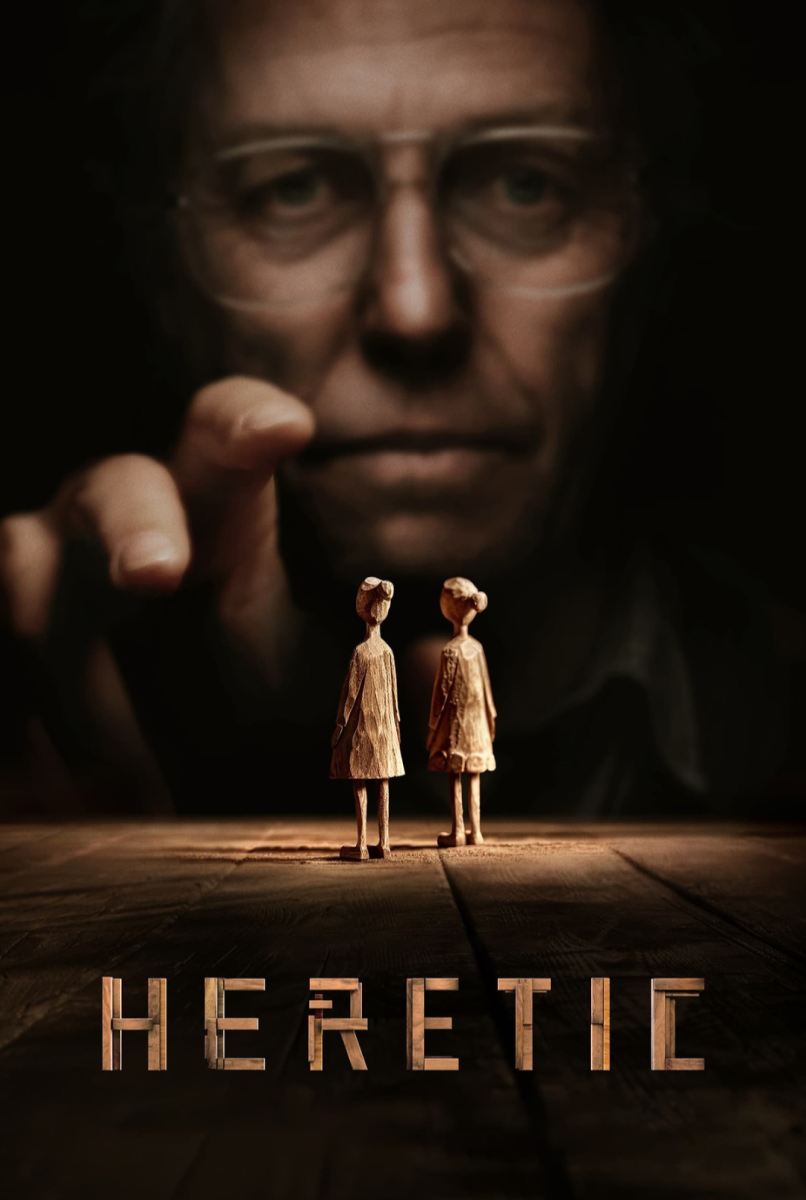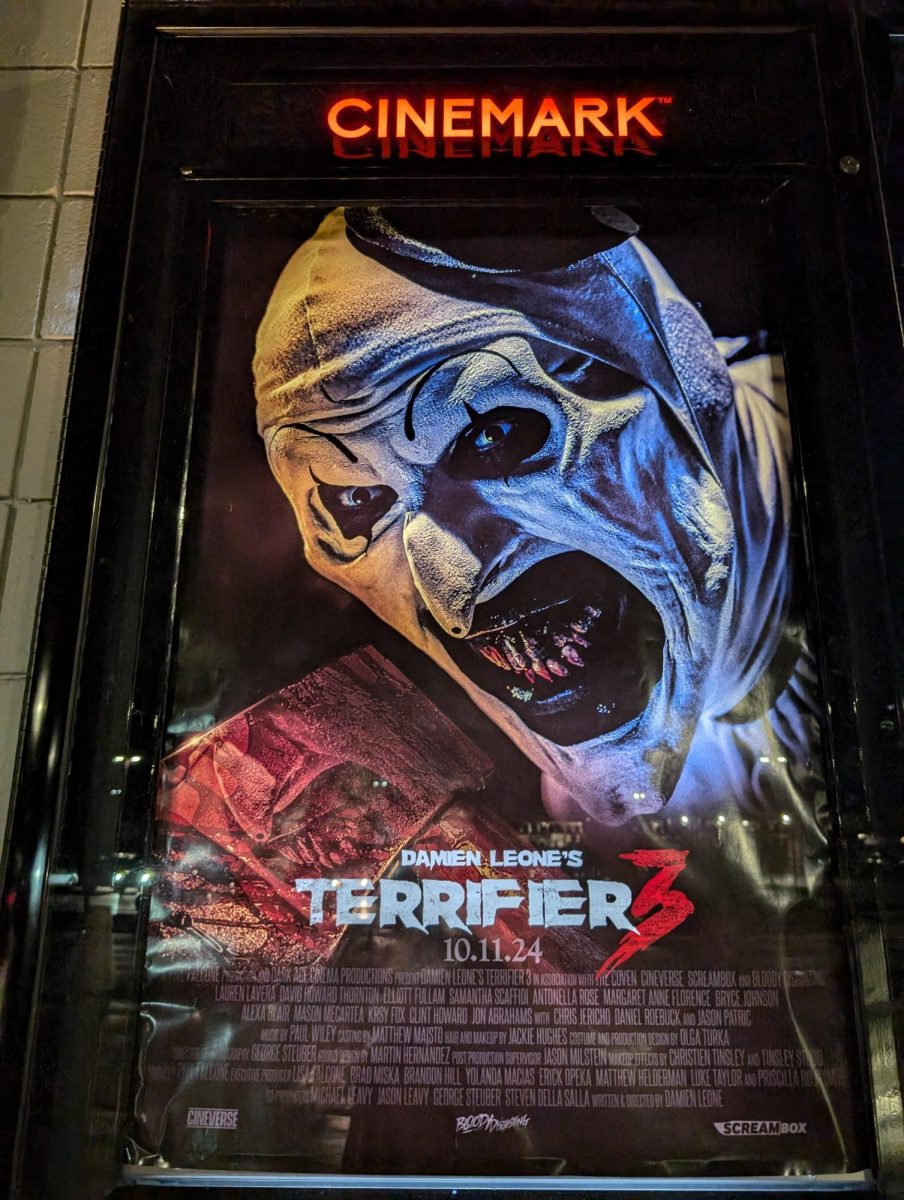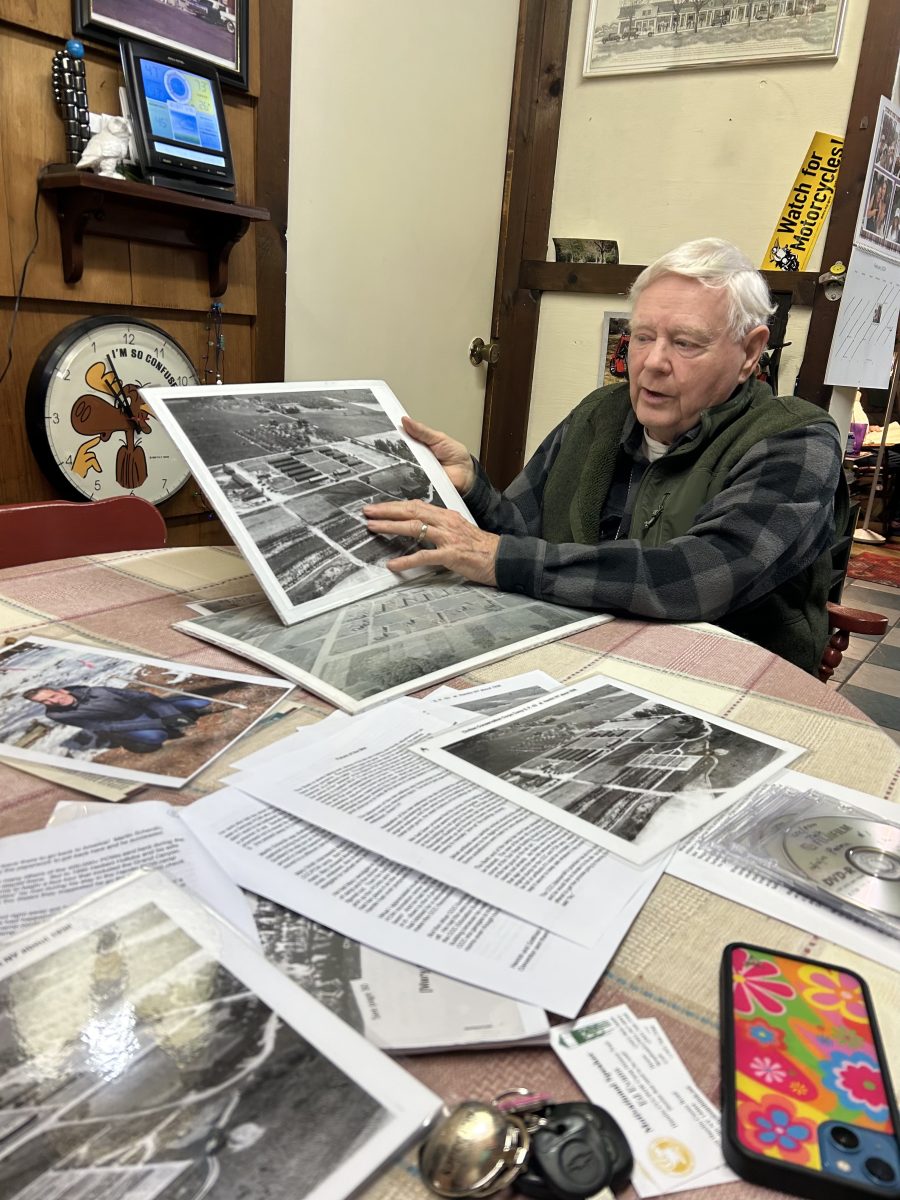An area of everyday life heavily affected by the covid-19 pandemic is the arts and other environments dependent on social interaction. One such area that has put its normal operations on hold is the fabulously infamous New York City drag queen scene.
In a city with a thriving LGBTQ community, drag queens put on lavish nightly performances. The established, well-monied base of the NYC drag scene is in midtown Manhattan with prestigious bars like Industry and Therapy offering star-studded lineups of queens on a frequent basis. However, drag queens are able to perform and attract patrons all over the five boroughs.
That was the case until around a year ago when most activities in the world were forced to cease due to coronavirus. A thriving scene where people of all identities freely express their most flamboyant selves suddenly ground to a halt, leaving many without work or a creative outlet.
Nathan Tomlinson, who performs under the name Flesh, is a multimedia artist who has been performing drag for nearly five years. While studying at RIT, he constructed and starred in several drag shows before relocating to NYC.

“What’s missing is the in-person grandeur and the excitement of being in a bar, the actual physical interaction with the queens,” Tomlinson said. “The energy that they carry and how good they feel with their outfits on, all of that can’t be experienced through video. It’s not just performing, drag is comedy, its hosting, emceeing, its so many different things that rely on social interaction.”
Shaquille Foreman, stage name Saint, is a drag queen originally from Michigan now operating out of Harlem. After only a year of doing drag full-time, she has enjoyed a fair amount of success after appearing on season three of “Dragula”, a competition show that is now available on Netflix.
The exposure she gained from the show allowed her to tour and perform in other cities. Yet, coronavirus has eliminated those opportunities. Forcing Foreman and countless other queens to find new ways to provide for themselves and display their art.
“When the pandemic hit, at first it was hard,” Foreman said. “I did Patreon, because I didn’t want to do OnlyFans since that’s the easy route. I make enough money to pay my bills through that thankfully, the first few months though it was tough.”
Although bars and clubs in NYC are starting to reopen for live events, it has been a long journey getting back to that point. Over lockdown drag queens brought their performances to the internet. Through social media and streaming sites, queens can connect with their fans and earn new ones.
Online platforms allow drag queens certain freedoms like picking and ordering their own sets and not having to kowtow to club management. Clearly though, something is missing when drag is conveyed through a screen and queens often have difficulty getting rewarded for their efforts.
“I’ve done a ton of virtual shows, they’re miserable,” Foreman said. “Granted you can use the numbers from multiple shows, but they don’t make any f—ing money. The first show I did with Nate we only made like 80 bucks, and it’s tough because everyone was out of work at the same time, so it was really saturated. It sucks because I think you are doing way more work to do a digital number; the payoff isn’t equal to the time and effort put into it.”
A fundamental component of performing drag is gathering a room full of eager, likely inebriated viewers who enthusiastically consume the queens’ art and give them money to show their delight. In a socially distanced world these events are near impossible, and many queens have had difficulty replicating the experience elsewhere.
“Since we haven’t been able to hangout, with drag queens and experience the banter and see the 360 of an outfit, it’s made drag more two dimensional.” Tomlinson said. “Drag is so much about absorbing the entirety of the performers appearance in person.”

More of the population is getting vaccinated and more clubs and bars are reopening with less strict regulations. Consequently, drag shows are slowly coming back and many queens are performing in front of a live, in-person audience for the first time in months.
The past year has disrupted and transformed nearly every thread of America’s social fabric. Drag queens as some of this nation’s most colorful threads have resiliently adapted their creative expressions accordingly.
As the light at the end of the coronavirus tunnel draws closer, the bars and clubs of NYC will be blessed more and more often by the fabulous queens they and their customers have sorely missed.

